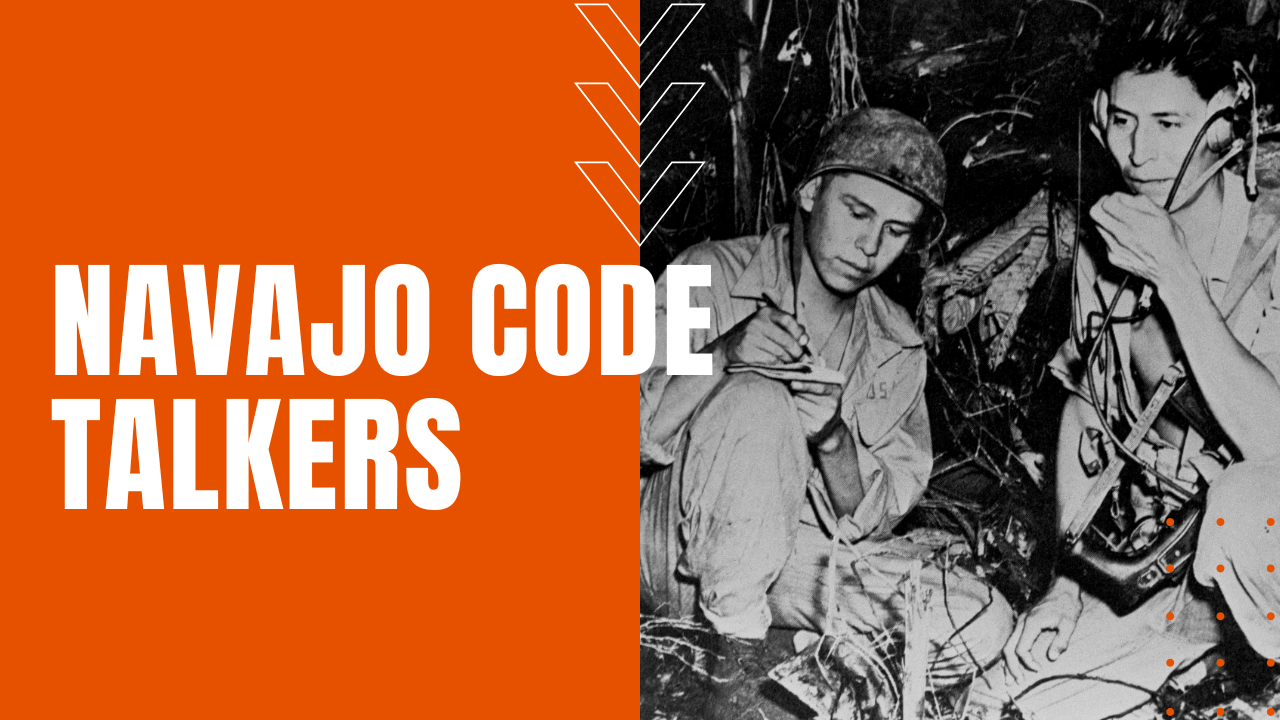Navajo Code Talkers of World War Two

Who Were The Navajo Code Talkers?
Pioneered by the Cherokee and Choctaw people during World War One, the Code Talkers of World War Two were an elite group of Native Americans who played a key role in the Pacific, European and North African theaters of war.
Fighting with the United States Marine Corps, the estimated 500 code talkers’ primary mission was to encrypt and decrypt vital battlefield communications using their native languages, which left their Nazi and Japanese adversaries unable to eavesdrop on Allied communications, troop movements and offensive strategies.
Native American Tribes Contribute to The War Effort
While the majority of WWII code talkers came from the Navajo Nation, they also included soldiers from the Lakota, Meskwaki, Mohawk, Comanche, Tlingit, Hopi, Cree and Crow people.
By way of example, a total of 14 Comanche code talkers took part in the D-Day invasion at Normandy, employing a vocabulary of over 100 code terms from their native language.
A tank was defined as a turtle, while a bomber was a pregnant airplane. A machine gun was a sewing machine, while Adolf Hitler was a crazy white man. On June 6th, 1944, two Comanche code talkers were embedded with each regiment that landed at Utah Beach, while the rest were assigned to the 4th Infantry Division headquarters, where they decrypted codes radioed from the beach head.
Many were wounded during the D-Day offensive known as Overlord, although thankfully none were killed. The Code Talkers Recognition Act of 2008 was signed into law by President George W. Bush on November 15th of that same year, honoring each surviving member with the Congressional Gold Medal. The code talkers work was a key factor in the victories at Iwo Jima and Saipan, along with several other major battles in the Pacific Theater.
Credited with saving the lives of thousands of Allied personnel, the code talkers’ encryption techniques comprise the only military code never to have been broken.
